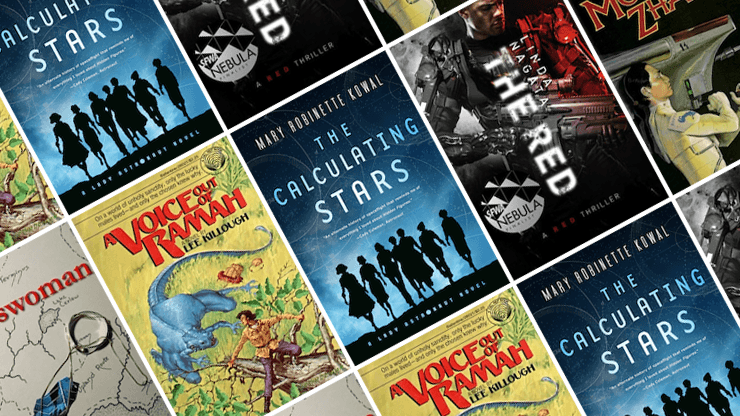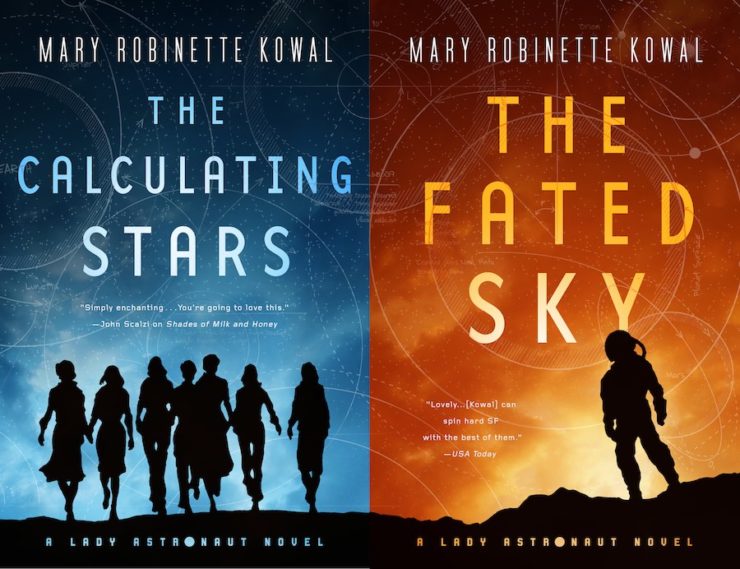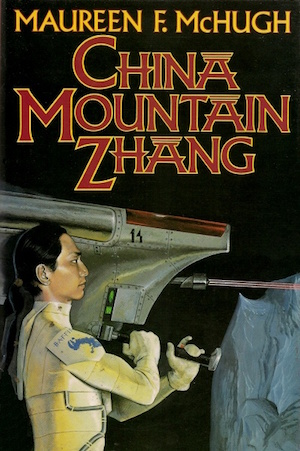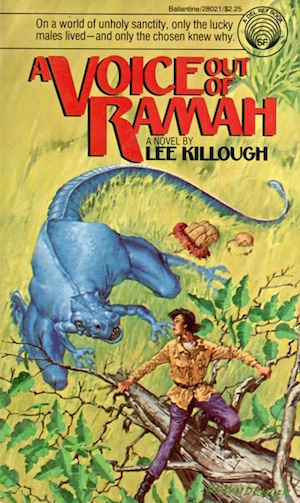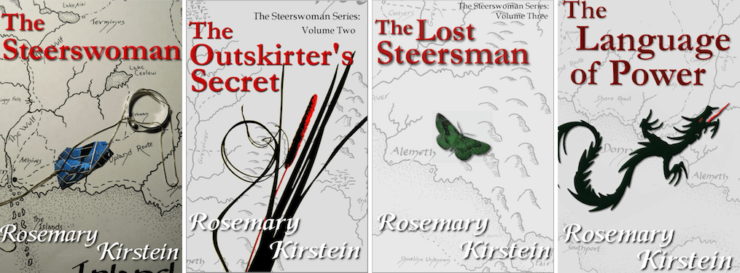Hard science fiction: is it actually a coherent subgenre or is it just an arbitrary body of work defined nebulously enough to facilitate gate keeping? On the one hand, I claim to be a fan of the stuff so it sure would be handy if it actually existed. On the other, a lot of works marketed as hard SF have features like psionics, faster than light travel, and an Earth spinning in the wrong direction that seem pretty hard to reconcile with actual science.
Still, I think there’s a gap between hard SF defined so narrowly only Hal Clement could be said to have written it (if we ignore his FTL drives) and hard SF defined so broadly anything qualifies provided the author belongs to the right social circles … that this gap is large enough that examples do exist. Here are five examples of SF works that are, to borrow Marissa Lingen’s definition:
playing with science.
and doing so with a verisimilitude that’s not just plot-enabling handwaving.
Mary Robinette Kowal’s alternate history space colonization epic Lady Astronaut of Mars series (The Calculating Stars, The Fated Sky, The Relentless Moon, and The Derivative Base) is pretty uncontroversially hard SF. The event that kicks the overarching crisis into action, a meteor impact that threatens the terrestrial ecosystem, is straight out of paleontology . The gratuitous racism and sexism against which the protagonist contends is straightforward human sociology (and history). The means used to reach Mars is literal rocket science. The series couldn’t be harder SF if Kowal had a slide rule and a lifetime membership in the British Interplanetary Society.
Before Kowal sent her characters to Mars, there was Maureen F. McHugh’s ambitious China Mountain Zhang, Her 22nd century world is one dominated by China, one where the future is, to borrow a phrase, unevenly distributed. For most people, freedom is possible only if one can avoid official notice. McHugh’s setting is more technologically advanced than ours. For its characters, it is simply their mundane world. Just as our world might seem marvellous to someone from the early 1900s but unremarkable to us.
Lee Killough’s A Voice Out of Ramah may feature some improbable props like interstellar teleportation gates, but the plot itself is driven by biology. Specifically, it’s driven by the question of how it could be that a population exposed to a disease that kills most but not all of the men has failed to select for a population entirely immune to the disease. To the protagonist’s increasing horror, the explanation is quite simple: of course the disease has selected for immunity, but since the people running the society believe limiting men to a small ruling elite is socially beneficial, the powers that be randomly poison most of the boys at puberty. This is revealed near the beginning of the book: the plot centres on the outcome of this revelation.
In Linda Nagata’s The Red series (First Light, The Trials and Going Dark), computer technology transforms warfare. Not only are individual soldiers enhanced, and not only are drones and autonomous weapons important features of the battlefield, but increasingly powerful, insidious algorithms play a growing role in how the new military forces are used. The AI, the Red, is arguably as intelligent as humans although the alien nature of its thought processes makes that difficult to determine. It’s definitely adept at using humans to accomplish its goals, despite the attempts of the puny humans efforts to retain autonomy.
Of course, the best example of hard science fiction to date is Rosemary Kirstein’s Steerswoman series (The Steerswoman, The Outskirters’ Secret, The Lost Steerman, and The Language of Power). What at first appears to be a straightforward fantasy setting, in which wise-woman Rowan finds herself pitted against a community of (generally quite disagreeable) wizards, is soon revealed to be nothing of the sort. In fact, Rowan’s world is far more alien and interesting than most secondary-world fantasies. Rather than a Tolkienian struggle between good and evil as such, the heart of the series is science itself, the process of unravelling the true nature of the world despite all the barriers placed in our way. Those barriers might include the disconnect between human intuition and reality, or an intransigent ruling classes determined to monopolize knowledge. The series is a remarkable one, whose only flaw is the deliberate pace at which new volumes come out: four volumes since 1989.
In the words of Wikipedia editor TexasAndroid, prolific book reviewer and perennial Darwin Award nominee James Davis Nicoll is of “questionable notability.” His work has appeared in Publishers Weekly and Romantic Times as well as on his own websites, James Nicoll Reviews and Young People Read Old SFF (where he is assisted by editor Karen Lofstrom and web person Adrienne L. Travis). He is surprisingly flammable.










